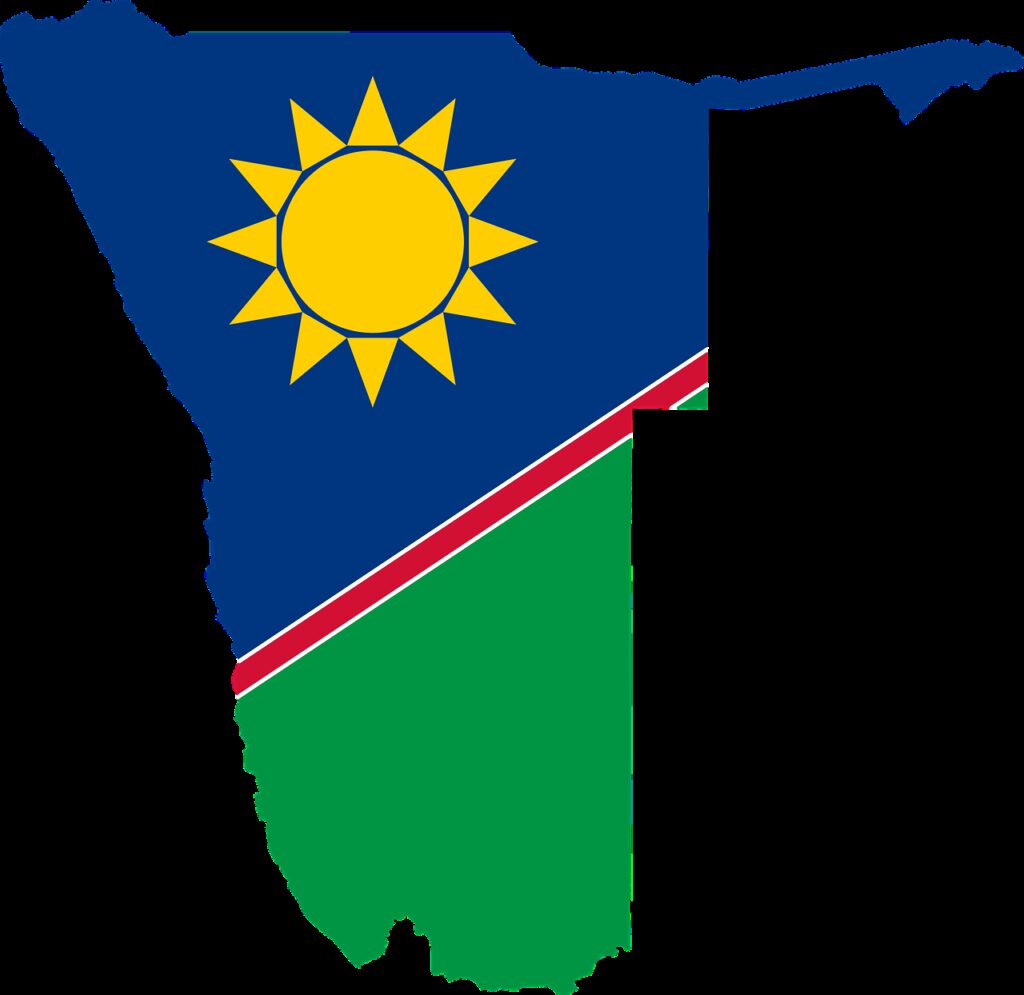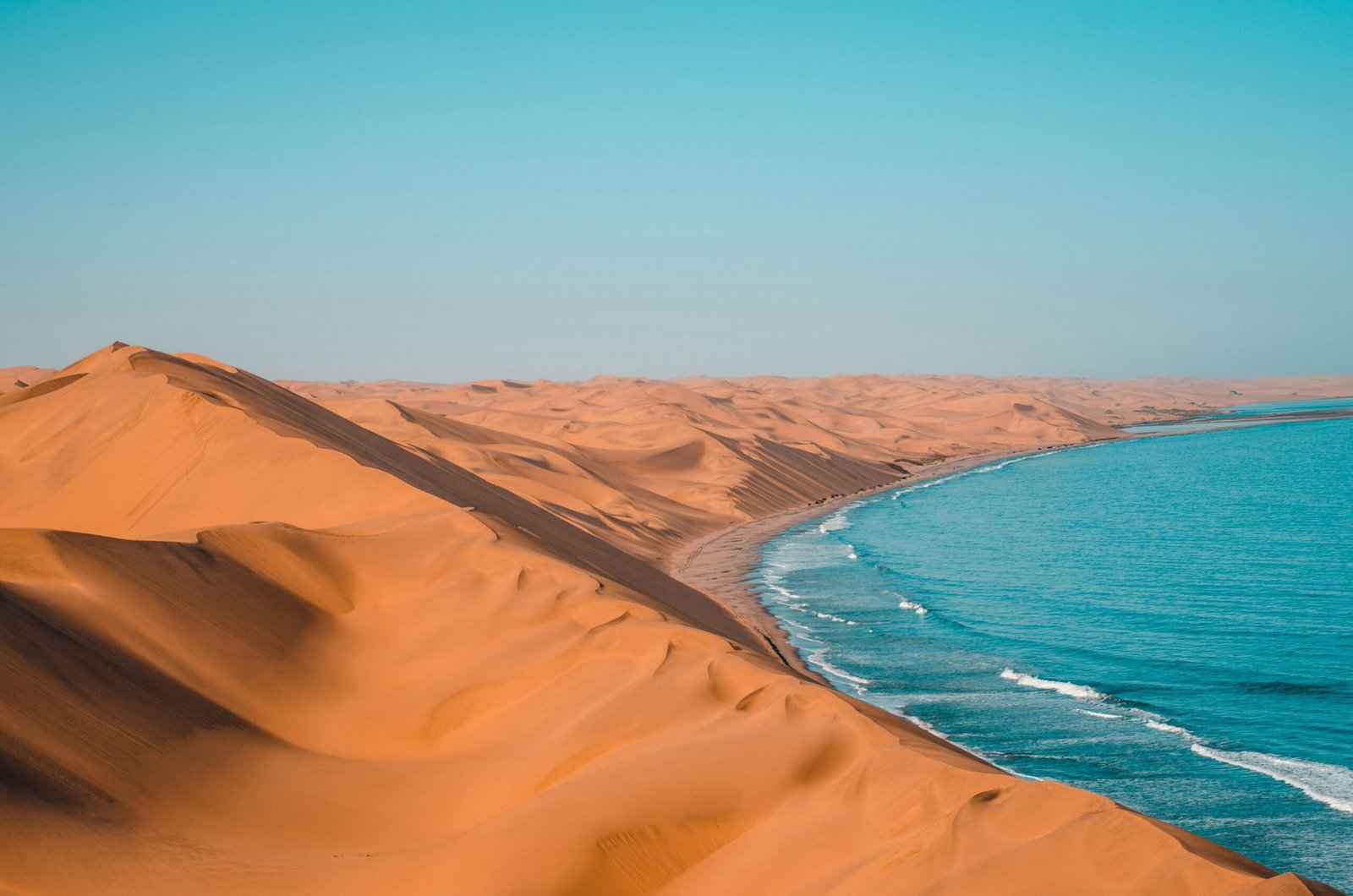
Key Points
- Namibia is situated in southwest Africa and is bordered by Angola, Botswana, South Africa, and Zambia.
- The country covers an area of approximately 825,615 square kilometers, featuring prominent deserts and natural landmarks.
- Namibia has a population of about 2.6 million, comprising various ethnic groups and languages, with English as the official language.
- Namibia has an arid climate with very hot summers and mild winters, affected by the cold Benguela current along the coast.
- It hosts a variety of wildlife and flora, particularly in national parks like Etosha and Namib-Naukluft, which is famous for its red sand dunes.
- Visitors can engage in diverse activities such as exploring ancient rock art, encountering wildlife on safaris, and participating in adventure sports like sandboarding.
- The currency is the Namibian dollar (NAD), accepted alongside the South African rand (ZAR), and many nationalities can enter the country without a visa for tourism.
Read more below
Introduction to Namibia
Namibia, a country located in southwestern Africa, is a land of stunning landscapes, rich cultural heritage, and abundant wildlife. From its vast deserts to its vibrant cities, Namibia offers a unique experience for visitors, expats, students, and entrepreneurs alike. In this guide, we will delve into the key aspects of Namibia that you need to know before planning your trip, relocating, or doing business in this remarkable country.
Location and Surface Area
Namibia is situated on the southwestern coast of Africa, bordered by Angola to the north, Botswana to the east, and South Africa to the south. It also shares a small portion of its eastern border with Zambia. With a total land area of approximately 825,615 square kilometers, Namibia is a vast country with diverse landscapes, including the Namib Desert, the Kalahari Desert, and the Fish River Canyon.
Climate
Namibia experiences a predominantly arid climate, characterized by hot and dry conditions. Summers (November to February) can be scorching, with temperatures often exceeding 40 degrees Celsius (104 degrees Fahrenheit). Winters (May to August) are mild to cool, with temperatures ranging from 15 to 25 degrees Celsius (59 to 77 degrees Fahrenheit). The coastal regions are influenced by the cold Benguela Current, resulting in cooler temperatures and foggy conditions.
Fauna and Flora
Namibia is a haven for wildlife enthusiasts, boasting a diverse range of fauna and flora. The country is home to numerous national parks and reserves, including Etosha National Park, where visitors can spot elephants, lions, giraffes, and rhinos. The Namib-Naukluft National Park showcases the iconic red sand dunes of the Namib Desert, while the Caprivi Strip offers lush wetlands and abundant birdlife. Namibia’s flora is equally impressive, with unique desert-adapted plants and endemic species.
Attractions
Namibia offers a plethora of attractions for every type of traveler. Explore the ancient rock art at Twyfelfontein, a UNESCO World Heritage Site, or embark on a thrilling safari adventure in Etosha National Park. Discover the eerie shipwrecks along the Skeleton Coast, or marvel at the majestic Fish River Canyon, one of the largest canyons in the world. For adrenaline junkies, the coastal town of Swakopmund offers activities like sandboarding and skydiving.
Population and Languages
Namibia has a population of approximately 2.6 million people, comprising various ethnic groups such as the Ovambo, Damara, Herero, and Himba. The official language is English, which is widely spoken and understood. However, Namibia is a multilingual country, and other languages such as Afrikaans, Oshiwambo, and German are also spoken by different communities.
Currency and Visa
The currency of Namibia is the Namibian Dollar (NAD), which is pegged to the South African Rand (ZAR). Both currencies are widely accepted throughout the country. Visitors from many countries, including the United States, Canada, and most European nations, can enter Namibia for tourism purposes without a visa and stay for up to 90 days. However, it is advisable to check the visa requirements based on your nationality before traveling.
Culture and Customs
Namibia is a melting pot of cultures, with each ethnic group contributing to the vibrant tapestry of the country. Traditional customs and rituals are still practiced, and visitors are encouraged to respect and learn about the local traditions. Namibians are known for their warm hospitality and friendly nature, making it a welcoming destination for travelers and expatriates.
Main Cities, Airports, and Airlines
The capital city of Namibia is Windhoek, a modern metropolis with a blend of German colonial architecture and African influences. Other major cities include Swakopmund, Walvis Bay, and Oshakati. The main international airport is Hosea Kutako International Airport, located approximately 40 kilometers east of Windhoek. Other airports, such as Walvis Bay Airport and Eros Airport, serve domestic and regional flights. Airlines such as Air Namibia, South African Airways, and British Airways operate regular flights to and from Namibia.
Conclusion
Namibia offers a wealth of opportunities for visitors, expats, students, and entrepreneurs. Whether you are seeking adventure, wildlife encounters, or a thriving business environment, Namibia has something for everyone. Immerse yourself in the breathtaking landscapes, embrace the rich cultural heritage, and experience the warm hospitality of this remarkable country. Start planning your journey to Namibia and create memories that will last a lifetime.

